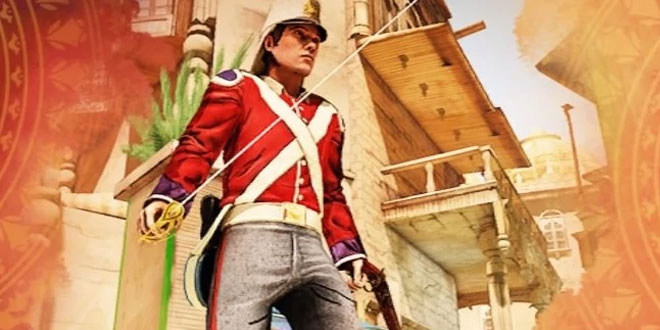Question: Describe the main features of Shahjahanabad, built by Shah Jahan.
Answer: Main features are given below:
- Shahjahanabad, that was began in 1639, consisted of a fort-palace complex and the city adjoining it. Lai Qua or the Red Fort contained the palace complex.
- To its west lay the Walled City with 14 gates.
- The main streets of Chandni Chowk and Faiz Bazaar were broad enough for royal processions to pass. A canal ran down the centre of Chandni Chowk.
- The Jama Masjid was among the largest and grandest mosques in India. There was no place higher than this mosque within the city.
Question: Before 1857, developments in Delhi were somewhat different from those in other colonial cities. How?
Answer: In Presidency cities, Bombay, Madras and Calcutta, the living spaces of Indians and the British were sharply separated. Indians lived in the “black” areas, while the British lived in well laid out “white” areas. But in Delhi, in the first half of the 19th century, the British lived along with the wealthier Indians in the Walled City. The British learned to enjoy Urdu / Persian culture and poetry and took part in local festivals.
Question: What happened to Delhi after 1857?
Answer: During the Revolt of 1857, the rebels gathered in the Delhi and captured it under the leadership of the Mughal emperor Bahadur Shah Zafar. Delhi remained under the control of the rebels for four months.
When the British recaptured Delhi, they embarked on a campaign of revenge and plunder. The British forces began wrecking vengeance on the streets of Delhi, massacring the rebels. To prevent another rebellion, the British exiled Bahadur Shah to Burma, dismantled his court, razed several of the places, closed down gardens and built barracks for troops in their place.
Question: How did partition change the lives and occupations of the refugees?
Answer: The partition caused massive transfer of populations on both sides of the new border. Muslims left Delhi for Pakistan while their place was taken by equally large numbers of Sikh and Hindu refugees from Pakistan. Many of the Muslims who went to Pakistan were artisans, petty traders and labourers. The new migrants coming to Delhi were rural landlords, lawyers, teachers, traders and small shopkeepers. Partition changed their lives and their occupation. They had to take up new jobs as hawkers, vendors, carpenters and iron smiths.
 Class Notes NCERT Solutions for CBSE Students
Class Notes NCERT Solutions for CBSE Students


